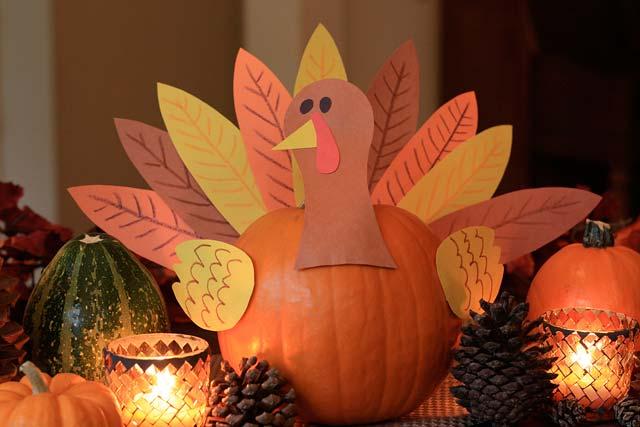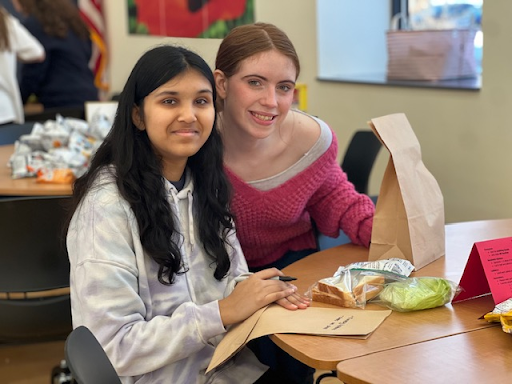Fall Holidays: From Encountering the Dark in Halloween to Raising the Light of Gratitude in Thanksgiving
Halloween and Thanksgiving are the biggest holidays of the fall season. Halloween always comes with the re-showing of iconic horror movies and the opportunity to become something or someone else for the night. Thanksgiving causes arts and craft stores to explode with make-your-own cornucopias, and comes with its own parade.
Although the two holidays both occur during the fall season, they provide more contrasts than similarities. Halloween aligns with All Hallows Eve and comes a day before All Saints Day. All Hallows Eve merged with the Celtic holiday Samhain; the church renamed this holiday as All Hallows Eve as a way to get Celts to convert to Christianity. Samhain was one of the most important holidays on the Celtic calendar. It marked the end of the harvest season and the start of winter. Children would dress up as ghouls and ghosts and go door to door, performing tricks or talents for food or money. Luckily, today we only have to look cute and hope to hear the magic words: “Take two!” At Montrose, we celebrate Halloween with our own costume contest. This year’s favorites included Star Lord, the Dunn Stalkers, Shrek, and pretty much all of the teachers.
Samhain reveals a kind of veil between the physical world and world beyond where there is the link between the material and spirit world is the most thin, enabling the dead cross into our world. The closest we come to encountering the dead is the Haunted Hallway. I’ve never been good with haunted houses, so the Hallway gets me every year. Everyone agreed that his year’s 10th grade-sponsored haunted hallway was a hit They all thought it was scary yet good, not to mention creative. Thankfully, none of the girls turned out to be an actual ghost that got lost in the crossing.
Compared to Halloween, Thanksgiving is more about life. The typical story is that in 1621, the pilgrims and Wampanoag Indians shared an Autumn feast that later became Thanksgiving. After that, we just assume that it was celebrated in individual homes and communities as a fall feast. Yet, it wasn’t until 1863 that President Abraham Lincoln declared the last Thursday in November as the day for Thanksgiving to be celebrated nationally, as a way to invoke God’s blessing on the healing the nation torn by Civil War.
While each family has its own Thanksgiving, all share the common theme is gratitude — giving thanks. We all give thanks for being alive, being healthy, and being happy. We give thanks for having families and friends and for their happiness and health as well. Thanksgiving is all about celebrating life even as the world darkens and slips into winter, while Halloween is all about facing what’s in the dark.






